Incredible recordings of historic Yorkshire dialect to be brought back home this summer
Exploring the archives as she joined the University of Leeds in 2003, Dr Fiona Douglas had been blown away by the bounty she found.
Back in the 1950s an army of fieldworkers had set out with these rough tools of the trade in a race against time to capture the last snatches of a 'dying' local language.
Advertisement
Hide AdAdvertisement
Hide AdNow, nearly 20 years after that day in the library when she was struck by the richness of history she held, she is bringing their findings back home.
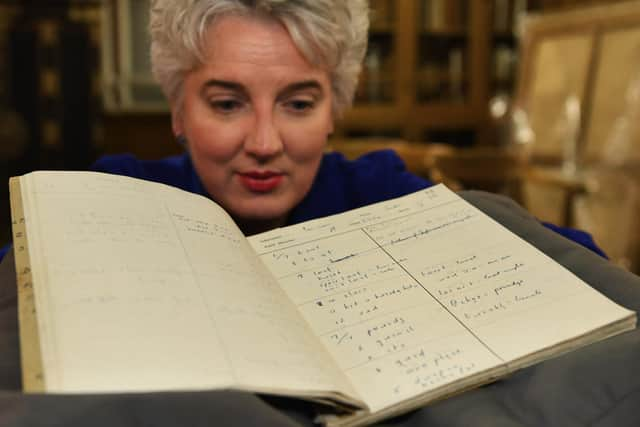

A roadshow is to travel across Yorkshire, sharing stories in a summer tour.
Dialect isn't only a "museum piece", insisted Dr Douglas, from the university’s School of English: "It's a living thing, not something that belongs in the past.
"It's about culture and people and history, a sense of pride and a sense of belonging. It still really matters who we are and where we come from. I don't think people lose that."
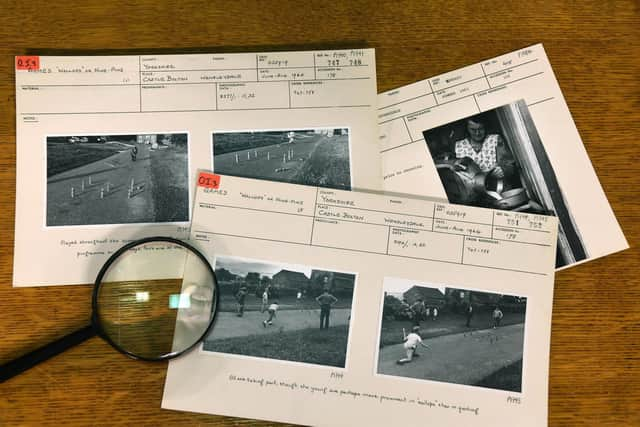

Advertisement
Hide AdAdvertisement
Hide AdIn the original tinny tapes an echo of the past peters through. A spinster in Welwick, making butter by hand, and a farmer on his milk run in Stokesley.
"I 'ad 13 cows t'meelk afore agut mi brekfest," one old man intones, kicking his 'k's with a forceful ardour. These words, born as far back as the 1880s, are now to be shared.
"I would really like to bring it back where it belongs," said Dr Douglas. "It's their heritage, their story. And to give people back the chance to hear their grandparent's voices.
"We know which villages the original surveyors went to," she added. "I sometimes park the car up, and I just listen to the recordings in the same place. It's like going back in history."
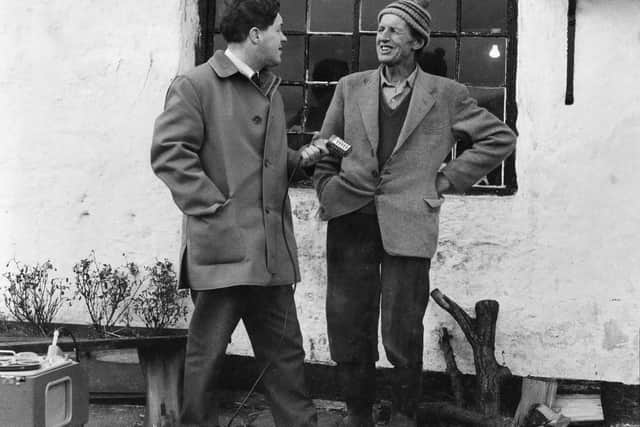

Survey of English Dialects
Advertisement
Hide AdAdvertisement
Hide AdThere had been talk of creating a linguistics 'atlas' dating back to before the Second World War. Then after the war a sense of urgency emerged, as people became socially mobile.
The Survey of English Dialects was born, under Harold Orton and fellow dialectologist Eugen Dieth, with fieldworkers including the famed linguist Stanley Ellis.
It took 11 years. They went to 313 places across the country and 34 across Yorkshire to capture a snapshot of language. The surveys were 1,300 questions long.
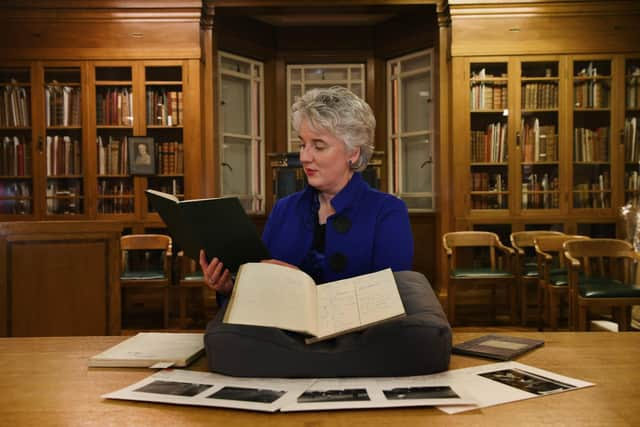

"What do you call the place where you keep the sheep?"
They would seek out remote villages, places like Muker and Hawes. Then Stokesley and Askrigg, Helmsley, Gargrave, Golcar, Skelmanthorpe. Even cities like Leeds and York.
Advertisement
Hide AdAdvertisement
Hide AdThese fieldworkers, travelling by motorbike or caravan, would present themselves at the village Post Office to find a local talker. Ideally male, aged over 65, and with good teeth.
It was 'of its time', concedes Dr Douglas: "What it gave them was an understanding of language as it was. A window on a previous century."
Findings
Back in the Brotherton Room at the University of Leeds, where she first viewed the original fieldworkers' findings, she had been struck by its importance.
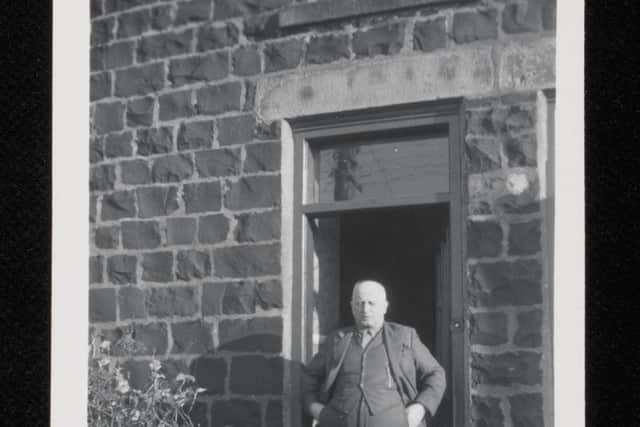

These were works widely cited in academic circles today, yet she was conscious, she said, that they would have a different meaning in the little villages they first came from.
Advertisement
Hide AdAdvertisement
Hide AdIt started with two museums in Yorkshire, the Dales Countryside Museum at Hawes and the Ryedale Folk Museum, and has now spread to five nationwide.
Here, collections are of the same time period, with the tools of old trades like blacksmiths or that can be brought to life with the voices of those who once would have used them.
These aren't glass case museums, it's not 'jai d'arts', she laughed. It's priceless in other ways. Then a summer tour, collecting new words with library events, and a roadshow to take in the YAS Events Centre, the Yorkshire Food and Drink Festival, Borrowby Show.
She doesn't want this rich treasure hidden away in a university archive forever.
Advertisement
Hide AdAdvertisement
Hide Ad"I'm really keen to carry on the knowledge," she said. "There's a huge amount of social history and heritage in there. I would really like to share it back where it belongs."
Changing dialect
Dialect is a curious feature, that unites and sets us apart. Do you stew or brew or make a mash, in bringing a teabag to water? Have you a spell or a spile or a spelf or a splinter?
To Dr Douglas, born north of the border, it's a 'skelf' she insists, in a subtle Scots tone.
"The stuff that we borrow, the stuff we inherit, we carry it with us," she said. "As we move, with work or relationships, it's interesting to see what we adopt."
Borders
Advertisement
Hide AdAdvertisement
Hide AdThe old survey findings paint what linguists call an 'isogloss', maps of language as it shifts over borders. So is a packed lunch bait or snap? And scraps or bits with your fish and chips?
Dialect follows its own linguistic borders rather than traditional political ones, Dr Douglas explained, and much of the traditional language used in Yorkshire is also in Scotland.
Historically speaking, she added, Old English goes "right across the border".
She said: "I have words I had no idea were dialect. 'Pinky', for your little finger. That's just what it is, but apparently not everybody calls it that.
Advertisement
Hide AdAdvertisement
Hide Ad"I've adopted 'beck' for 'stream'. For me, growing up, it was 'burn'. I'm still not confident on snickets and ginnels.
"Though I do sometimes describe myself as an 'offcumden', for a newcomer."
Speech is changing, Dr Douglas accepts, adapting as people do, and there is a notion that language is becoming more homogenous as society shifts to "all sound the same".
"I'm not seeing it," she insisted. "I see variety around me and it's absolutely glorious.
Advertisement
Hide AdAdvertisement
Hide Ad"If you hear a word from your childhood it instantly transports you, like a sense of a smell that takes you right back."
Words
Weather words are the "gift that keeps on giving", when it comes to dialect. For a dull day, it could be blashy or clashy or dowly, rocky, darksome or dowdy. Or lowering, mucky, murky.
Then there's bread, which can prove the most confusing and contentious of all. There's pikelets, and oven bottoms, while a roll might be a cob, bun, a batch, bap or barm cake.
In West Yorkshire, it's a tea cake, while in the East Riding or South Yorkshire it might be a 'scuffler'.
Advertisement
Hide AdAdvertisement
Hide AdThere's a 'cleg', for a horsefly, in farming communities, a 'smoot' for a sheep hole in a dry stone wall, and a 'hag' for a very specific patch of woodland found on sloping ground.
Then a 'sneck', for a latch door. To 'flit', said Dr Douglas, might mean to move house, while a 'moonlit flit' sees someone doing so while forgetting to pay their bills.
She said: "Our words tend to be what we called them as a child. It marks where you're from. It gives you an extra 'stylistic register'.
"It has changed, but some farming communities tend to be still very close knit. In some areas it's still yan-tan-tether for counting sheep out of the gate."
Sharing
Advertisement
Hide AdAdvertisement
Hide AdIn 2019, a grant of £530,500 was awarded by The National Lottery Heritage Fund to digitise these historic archives, held by the Leeds Archive of Vernacular Culture (LAVC).
Last month, the Great Big Dialect Hunt was launched by the University of Leeds, under Dialect and Heritage 'In Your Words', to capture a snapshot of today's language.
Dialect 'drop ins' are being held in North Yorkshire's libraries this month, at Catterick, Richmond, Bedale, Leyburn, Pickering, Filey and Malton, where people can add their words.
Through a website with audio maps - and in person at two the museums in Yorkshire - people can now share their own dialect samples by answering a series of questions (dialectandheritage.org.uk)
Advertisement
Hide AdAdvertisement
Hide AdAnd while the original survey was interested in the language of older, more traditional dialect speakers, this one is keen to catch the diversity of present-day life.
Members are also sharing stories and words through a summer tour of events, at Countryside Days in June, with school children at the Yorkshire Agricultural Society (YAS), followed by the Yorkshire Dales Food and Drink Festival and Borrowby Show in July, and a museum event with Ryedale Folk Museum in August.
________________________________________________________________
Interested in all things Yorkshire heritage? We’ve just launched a free newsletter to bring you the latest stories straight to your inbox. You can sign up here: https://www.yorkshirepost.co.uk/newsletter
